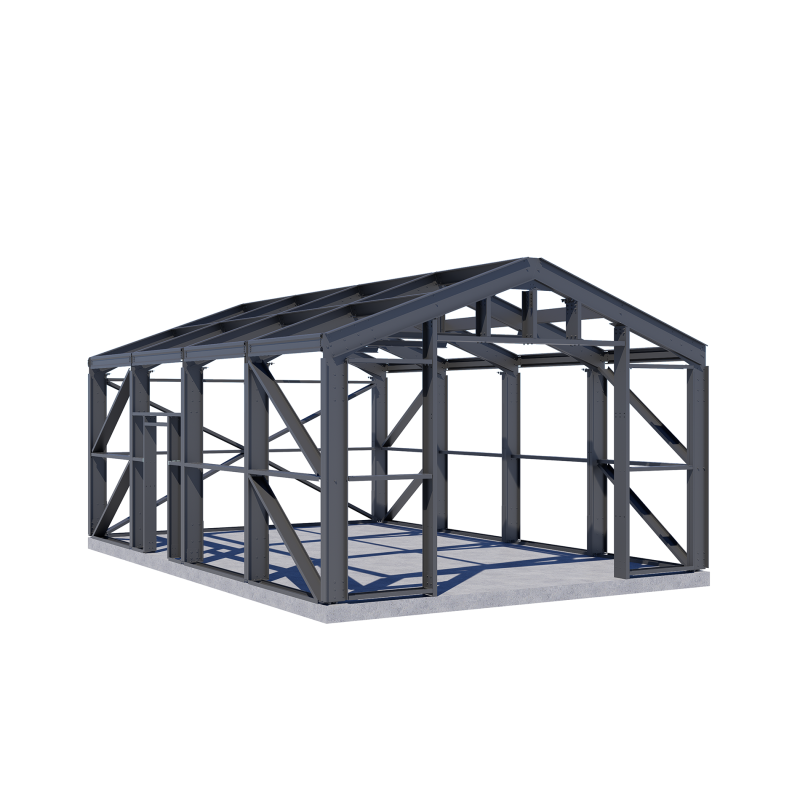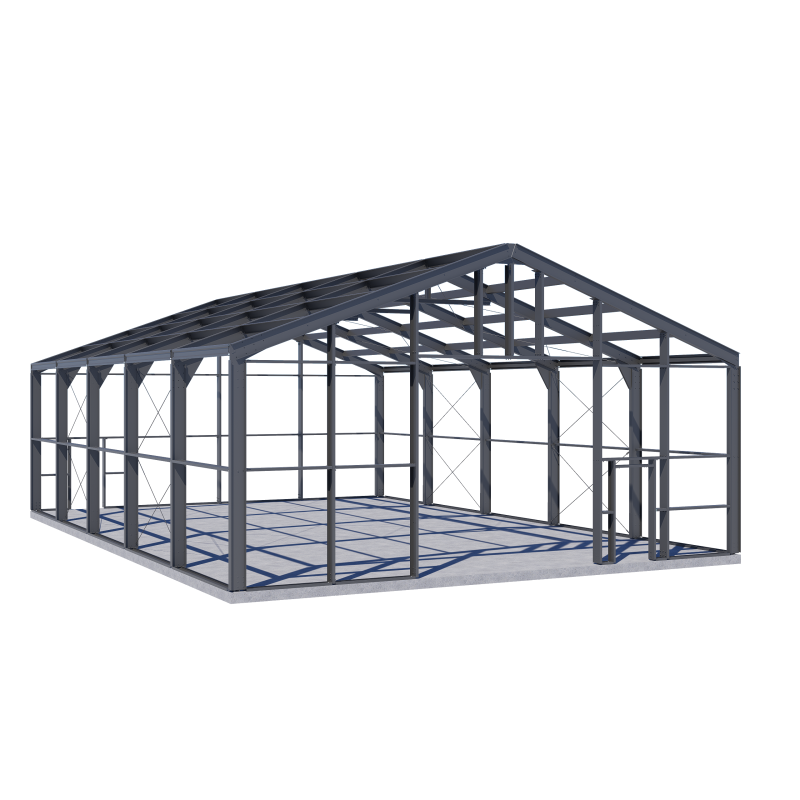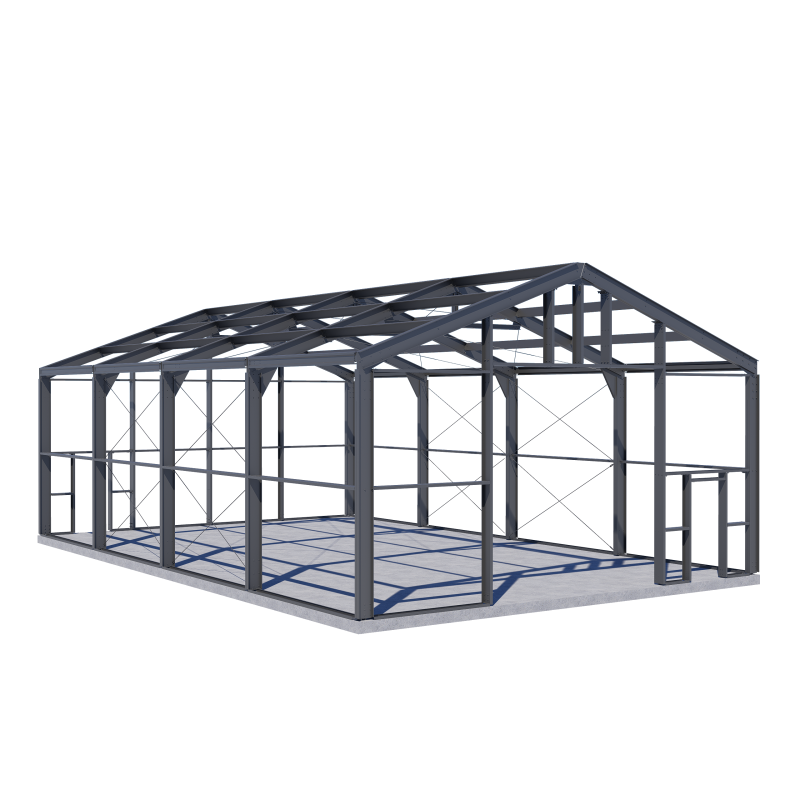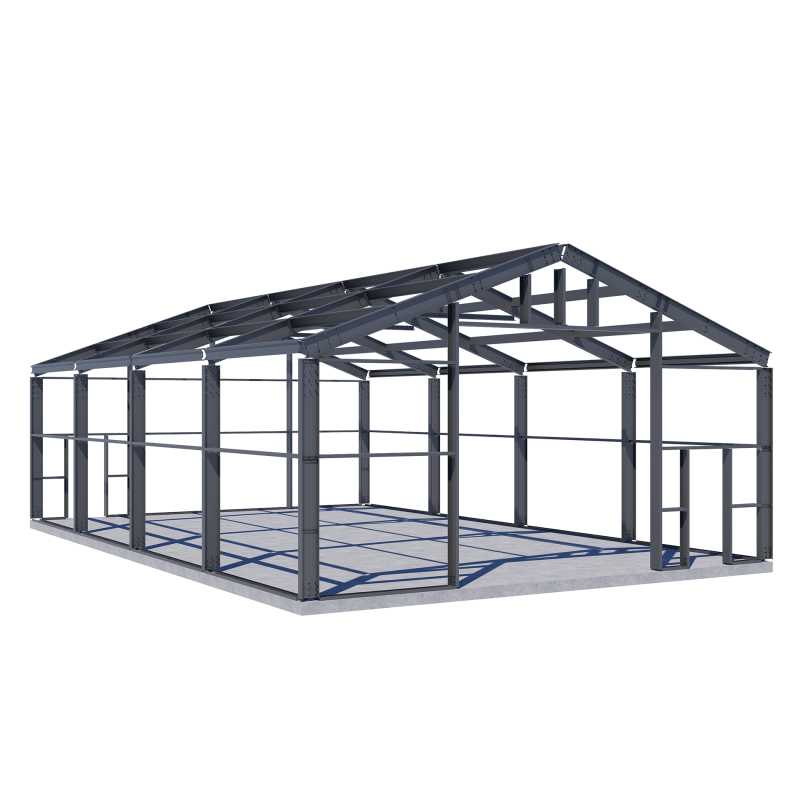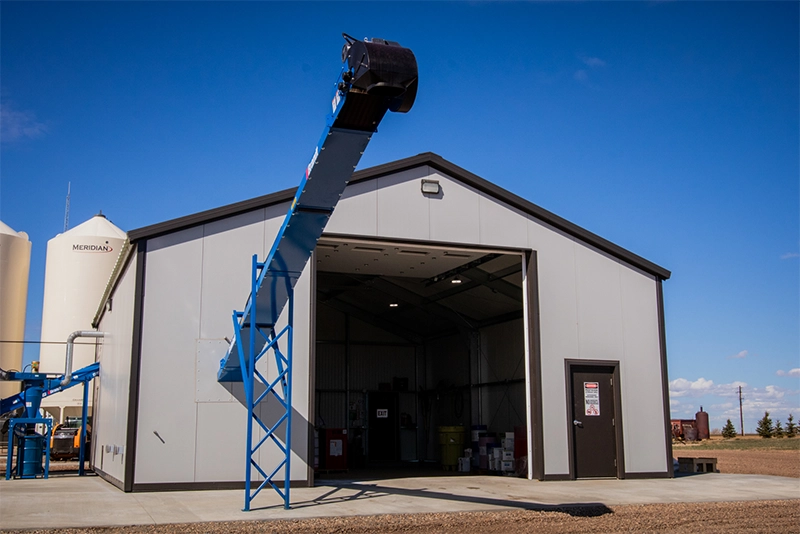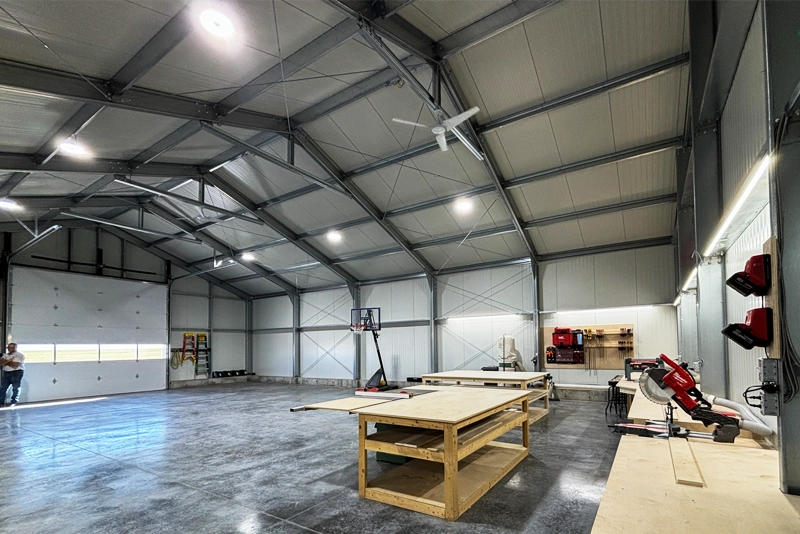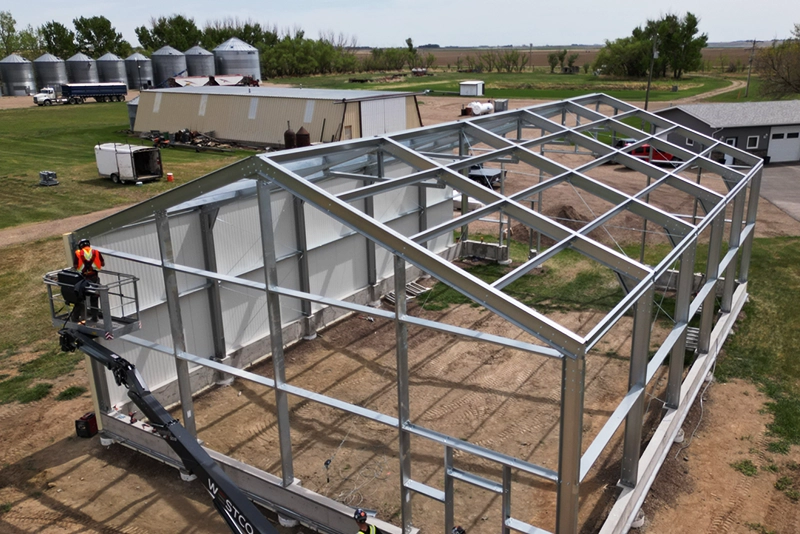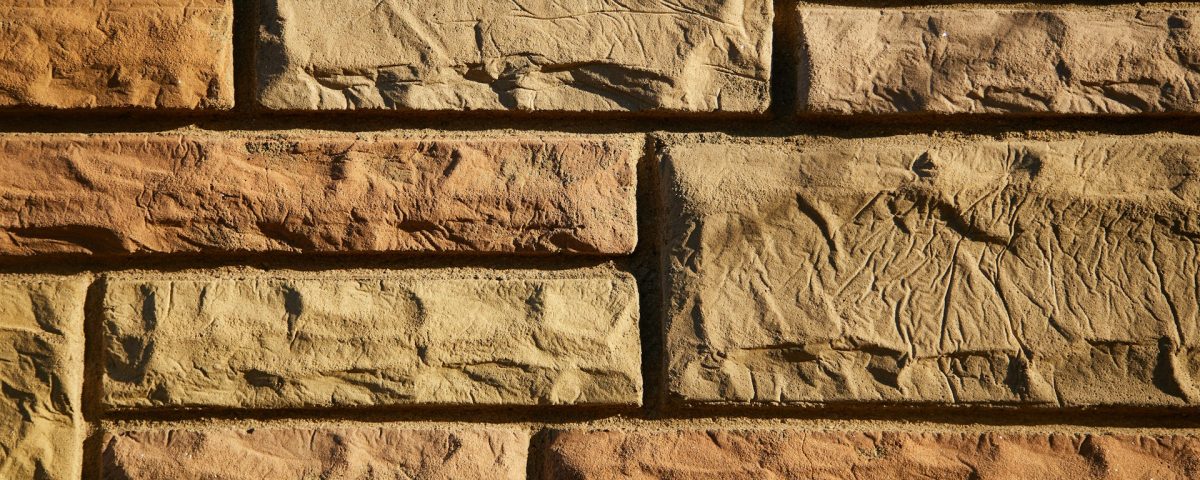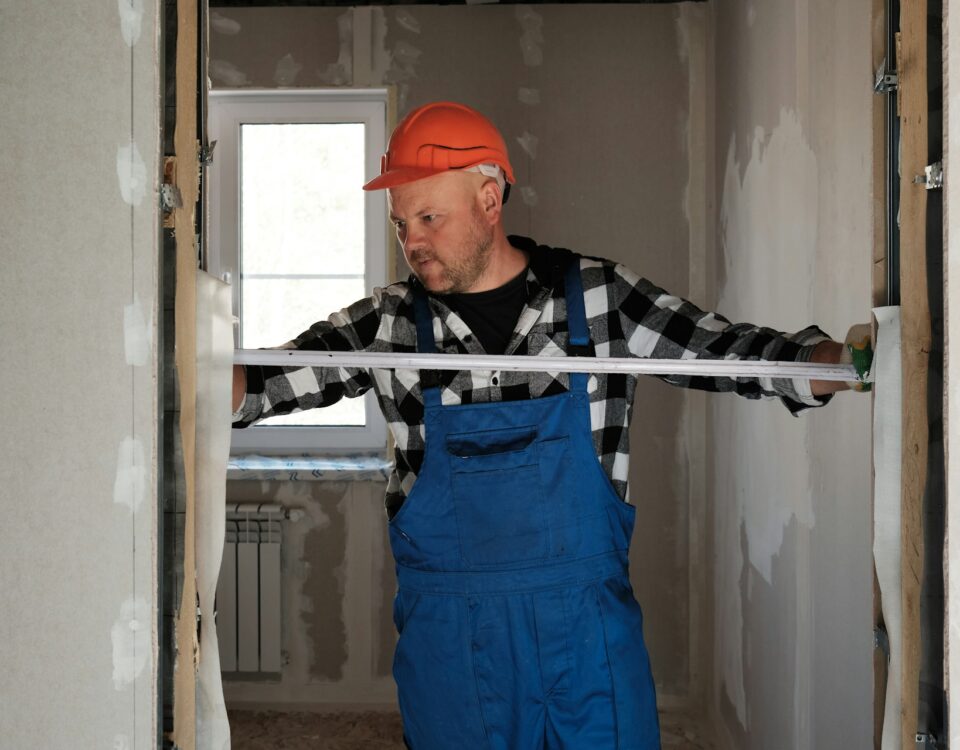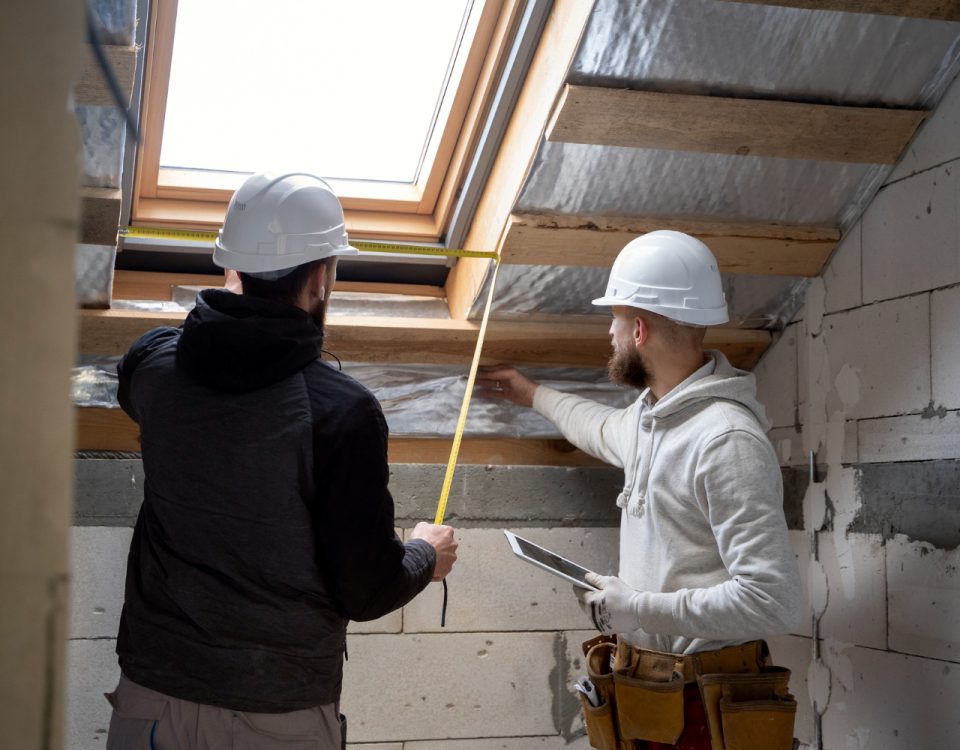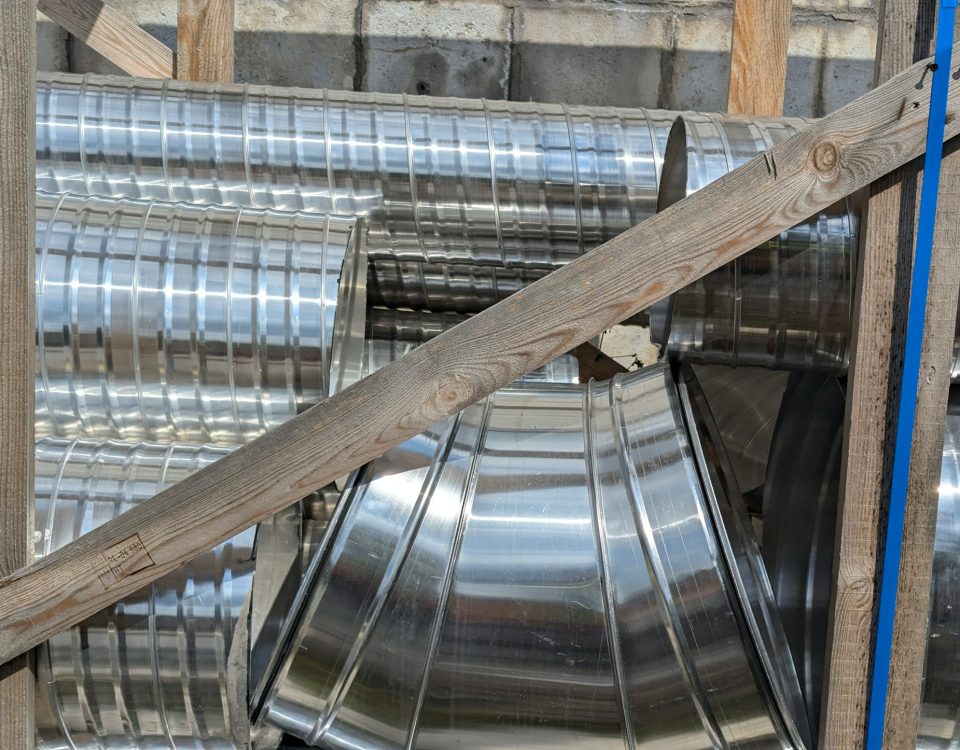Protecting your home’s exterior from the harsh elements is more than just a smart decision—it’s a necessity, especially in Canada’s varying climates. Weatherproofing your exterior wall cladding is one effective way to shield your home from wind, rain, snow, and the damaging effects they bring. It keeps your home comfortable and helps maintain the structure’s integrity over time.
Imagine your wall cladding as a sturdy jacket for your home, shielding it from bad weather. By ensuring this jacket is in top shape, you can prevent common issues like leaks and drafts. This guide will help you understand the importance of weatherproofing and how to go about it effectively.
Understanding Exterior Wall Cladding
Before diving into weatherproofing, let’s get a clear picture of what exterior wall cladding is. Essentially, wall cladding serves as the outer layer of your home’s walls, providing both protection and aesthetic appeal. It’s the part of your home that faces the elements every day, acting as a first line of defense against adverse weather conditions.
In Canada, you can find a variety of cladding materials, each with its unique benefits:
– Vinyl Cladding: Affordable and available in numerous styles, it’s popular for its ease of installation and resistance to mildew.
– Fiber Cement Cladding: Known for its durability and fire resistance, fiber cement is a strong contender in areas prone to severe weather.
– Wood Cladding: This brings a natural look and is beloved for its aesthetic charm, though it might require more maintenance to withstand Canadian winters.
– Metal Cladding: Often used for its sleek appearance and longevity, metal cladding can withstand harsh conditions remarkably well.
Every material has its pros and cons, and choosing the right one for your home depends on your priorities, whether it’s affordability, look, or durability.
Assessing Your Current Cladding Situation
Now that you understand the basics, it’s time to inspect your cladding to see what shape it’s in. Think of it like checking a raincoat for holes before a storm arrives. Addressing small issues now can save you from bigger headaches later.
To evaluate your cladding, look for these signs:
– Cracks or Gaps: These can allow moisture in, leading to water damage.
– Peeling or Bubbling Paint: Often a sign that moisture has already penetrated, needing immediate attention.
– Mold or Mildew Growth: This green or black mess not only looks bad but signals moisture problems.
– Loose or Missing Panels: Essential to fix these to maintain your home’s insulation and protection.
Use your hands and eyes to explore the surfaces, noting any areas that feel weak or look different. It might be helpful to keep a checklist or take photos of areas that concern you. That way, you’ve got a clear plan for what needs attention as you move forward with weatherproofing.
Steps to Weatherproof Your Exterior Wall Cladding
Once you’ve checked out your existing cladding, it’s time to start weatherproofing. We can break this process down into a few main steps that will help your cladding stand strong against any Canadian weather.
Cleaning and Preparing
Before you add any weatherproofing materials, give your cladding a good clean. This ensures the treatments adhere properly. Start by:
– Washing the surface with mild soap and water to remove dirt and grime.
– Checking for and removing any mildew with a solution that’s safe for your cladding material.
– Allowing the cladding to dry completely, as sealants won’t stick to damp surfaces.
Applying Weatherproofing Sealants
Choosing the right sealant is key. There are various options out there depending on the material:
– For vinyl cladding, use a sealant formulated specifically for vinyl.
– Fiber cement cladding benefits from a breathable sealant that allows moisture vapor to escape.
– Wood cladding needs a water-repellent finish to prevent swelling and rot.
– Metal cladding often requires a rust-proof sealant to protect against corrosion.
Apply sealants evenly, covering all joints and edges to create a continuous barrier. It’s like giving your cladding an invisible shield, and making sure it’s watertight is crucial.
Insulating the Cladding
Adding insulation behind your cladding boosts energy efficiency and keeps out moisture. Insulation works like a snug blanket by maintaining indoor temperatures and minimizing drafts. With insulation in place, your home stays warmer in winter and cooler in summer, which is a lovely bonus.
Regular Maintenance
The work doesn’t stop once your cladding is weatherproofed. Keeping up with regular maintenance extends its lifespan and ensures continued protection. Here’s what you can do:
– Inspect the cladding annually for any signs of wear or damage.
– Clean the cladding once or twice a year, depending on local weather and pollution levels.
– Reapply sealants as needed, usually every few years, to keep them effective.
Hiring Professionals for Weatherproofing
Even with the best know-how, sometimes it’s best to leave weatherproofing to the experts. Hiring professionals ensures the job’s done right from start to finish. They bring experience, specialized equipment, and expertise that guarantee the job is both efficient and effective.
When searching for a reliable service provider:
– Look for companies with good reviews and plenty of experience.
– Ask for estimates and work details upfront to avoid any surprises.
– Check if they provide warranties for their work, which adds peace of mind.
Ensure Longevity of Your Exterior Wall Cladding
Keeping your cladding weatherproofed involves just a bit of consistent care. Taking time to check, clean, and repair as needed will protect your home’s exterior for years to come. It’s all about creating a strong bond between your house and the elements it faces.
Think of weatherproofing as a long-term investment in the health and look of your home. By maintaining your exterior walls through each season, you ensure a durable, welcoming facade that stands proudly against the Canadian climate. Your home will thank you with its lasting beauty and comfort.
If you’re ready to shield your home effectively against the Canadian climate, explore solutions for exterior wall cladding with Dutech Structures. We offer expert insights and services to ensure your home remains both beautiful and well-protected year-round.
